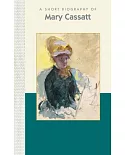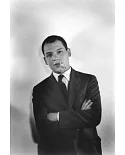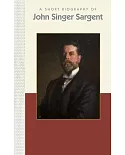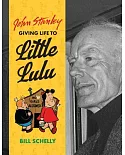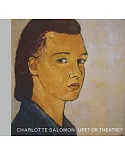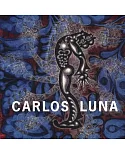Robert Rauschenberg is one of the most important visual artists of the second half of the twentieth century. In Random Order, Branden Joseph examines Rauschenberg's work in the context
of the American neo-avant-garde. One of the foundations of his study is Rauschenberg's professional relationship with experimental composer John Cage. From the moment of their encounter at
Black Mountain College in 1952, Joseph argues, Rauschenberg and Cage initiated a new avant-garde project, one that approached the idea of difference not in terms of negation but as a positive
force. Claiming that Rauschenberg's work cannot be understood solely from the standpoint of the Frankfurt School--whose theories have dominated discussions of avant-garde and neo-avant-garde
aesthetics--Joseph turns to the theoretical positions of Gilles Deleuze and Jacques Derrida. Rauschenberg's neo-avant-garde was not a simple repetition of earlier avant-garde movements, Joseph
shows, but a series of practices that opposed the rise of postwar spectacle, commodification, and mass conformity.
Beginning with the White Paintings, Joseph examines Rauschenberg?s artistic development from 1951 to 1971. He looks at the black paintings, Red Paintings, Elemental
Paintings and Elemental Sculptures, Combines and Combine paintings, transfer drawings and silkscreens, performances, and explorations in art and technology. Joseph's study not only
offers new interpretations of Rauschenberg's work, but also deepens our understanding of the entire neo-avant-garde project.


